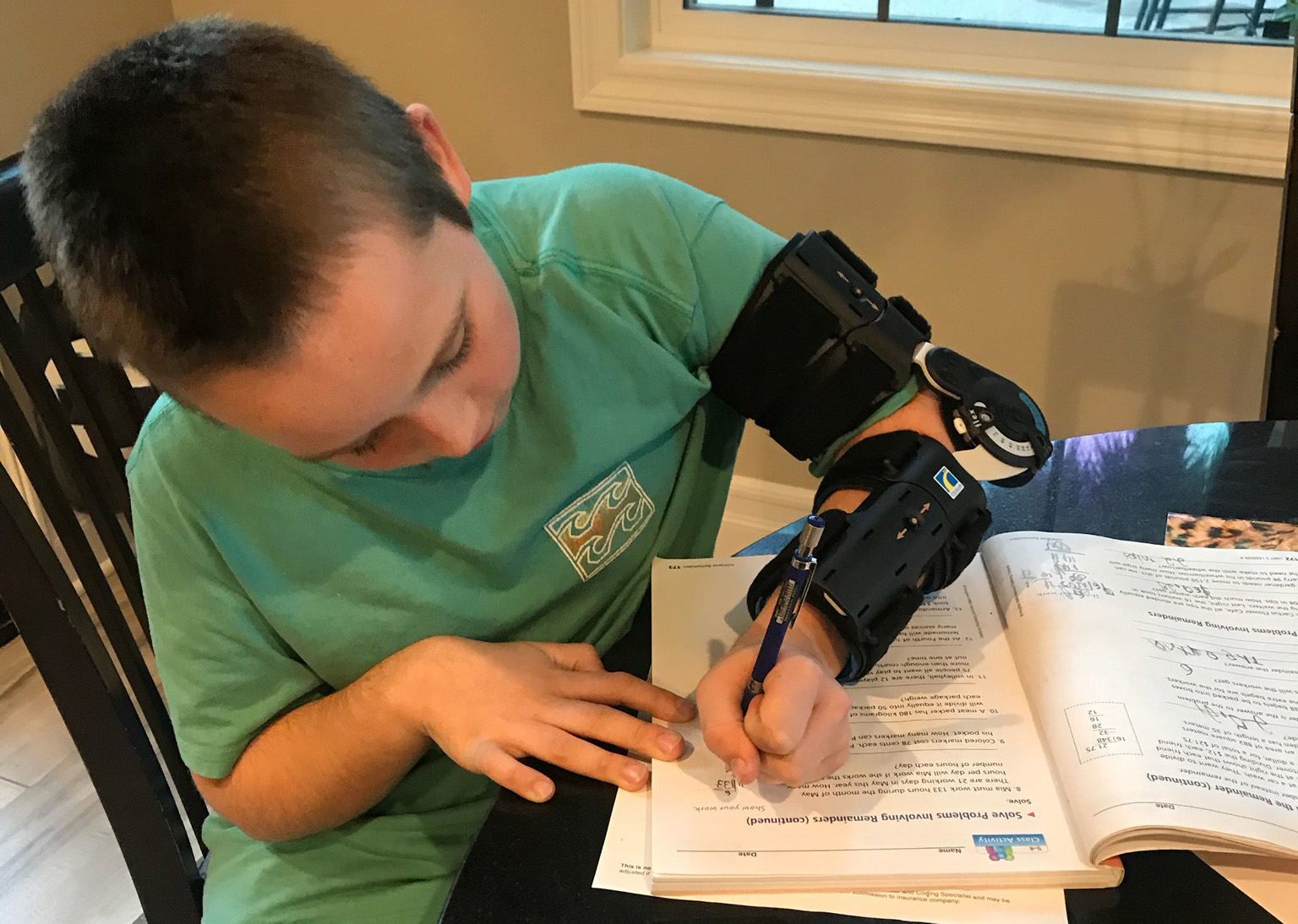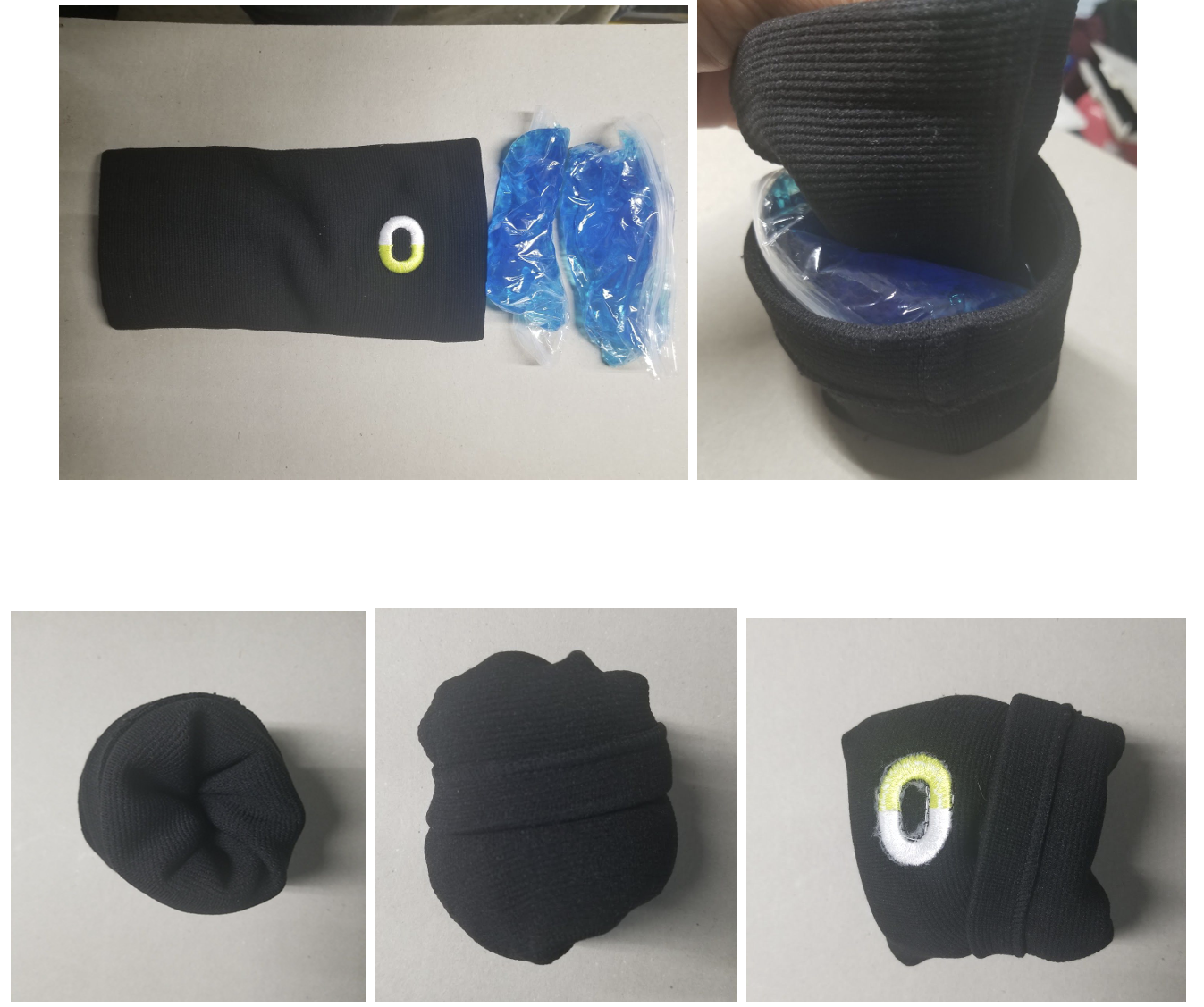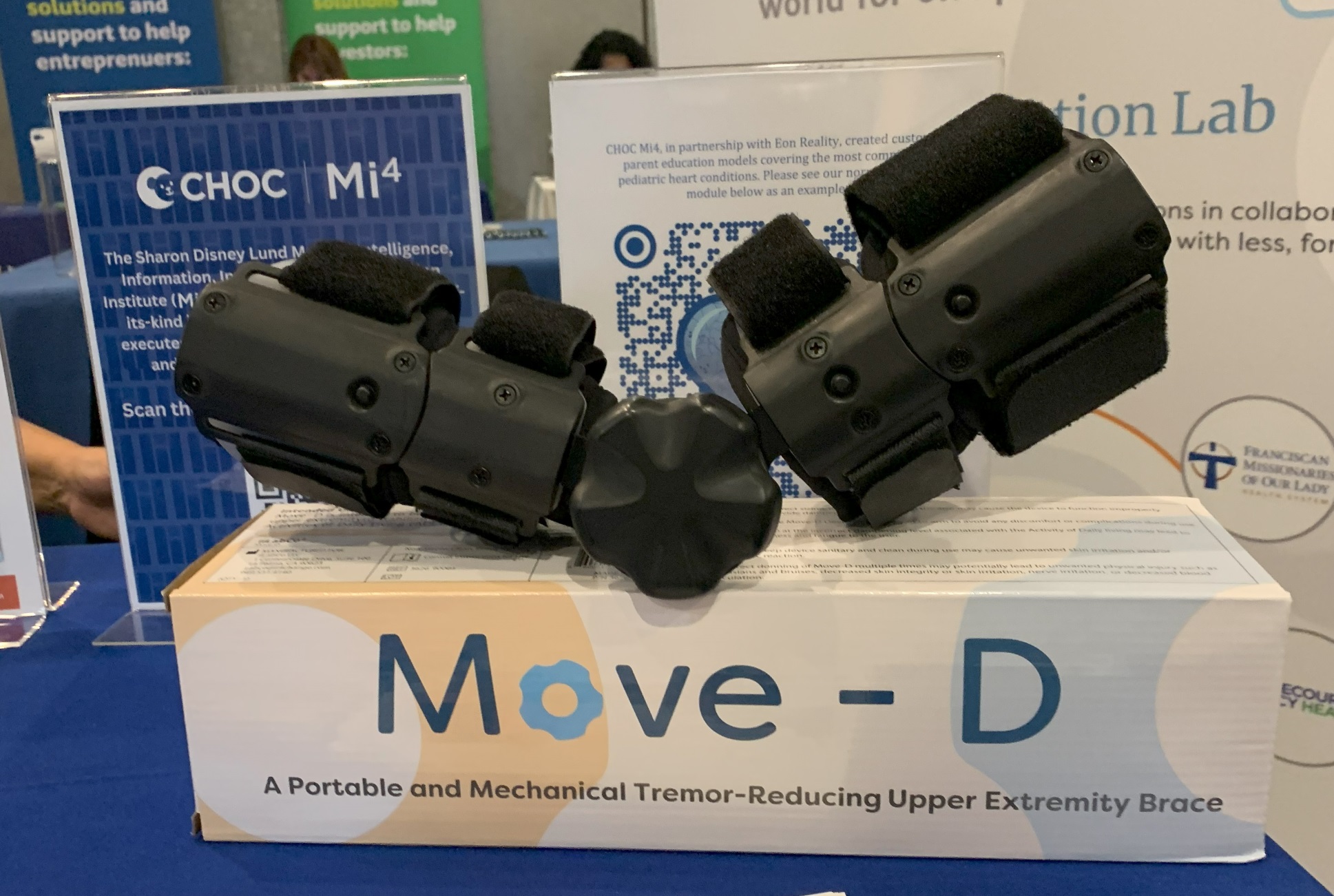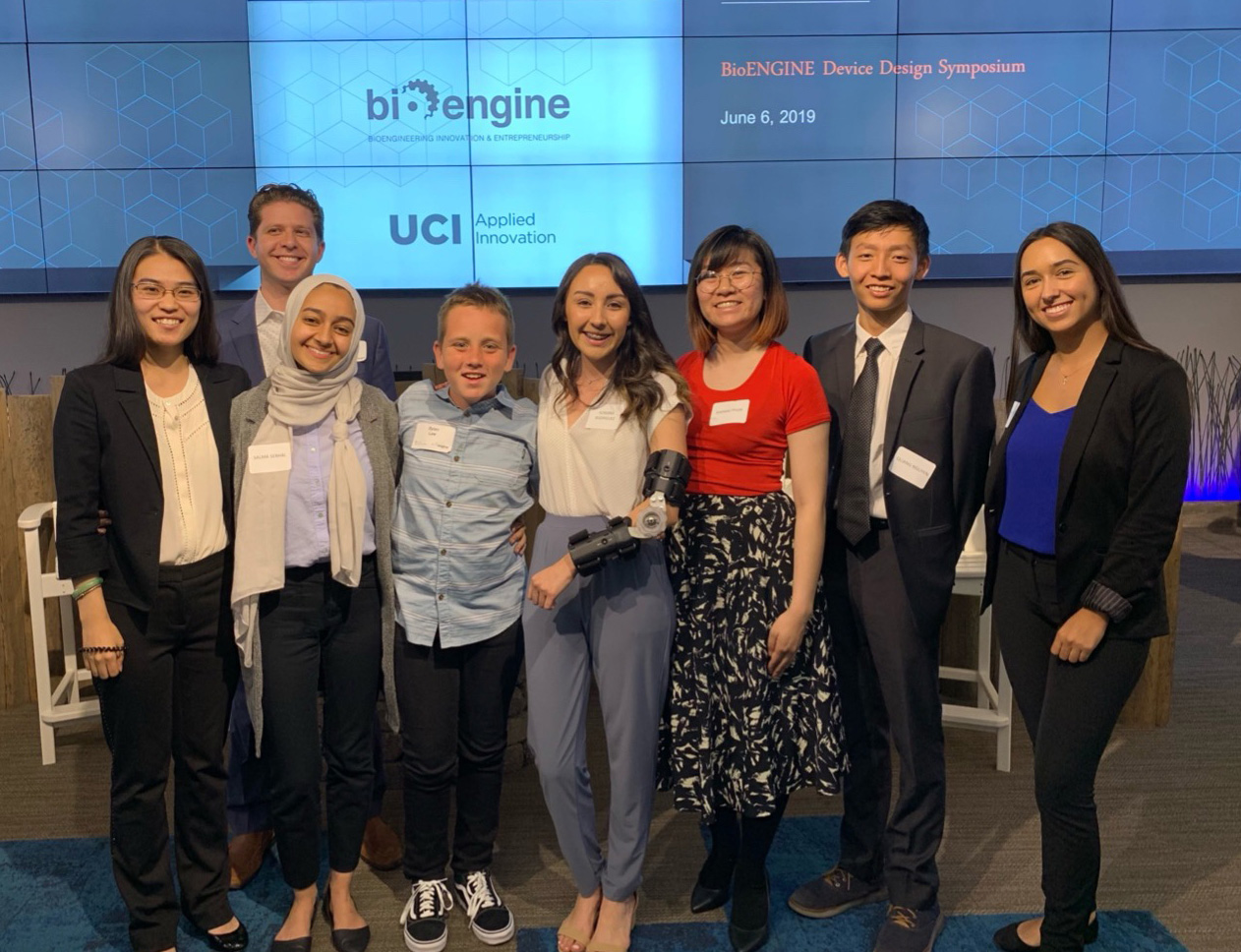Brace Designed by Biomedical Engineering Students Goes to Market

Feb. 10, 2025 - “As a 9-year-old kid, it’s a very magical moment when for the first time you see that your writing is legible, and you drink a cup of water without spilling three fourths of it,” said Dylan Law of how a brace invented with the help of UC Irvine biomedical engineering students changed his life.
Dylan has ataxic cerebral palsy and experiences tremors in his arm so severe that they impact his ability to write, carry water and pretty much every movement using fine and gross motor skills. His family tried endless solutions, including braces with electrodes, all which failed him. “The challenges of current braces are they’re not designed for kids; for example, many lock in a fixed position, making them uncomfortable,” said Children’s Hospital of Orange County (CHOC) Dr. Sharief Taraman who is an associate clinical professor of pediatrics at UCI. “They also tend to be bulky, and patients can be self-conscious.”
“My tremors impact me because I not only feel embarrassed sometimes, frustrated and insecure about them, but because I feel like an outsider,” said Dylan. “I feel different than everyone else.”
Taraman brought his young patient’s need to UCI’s BioEngine – a senior capstone project where biomedical engineering seniors work with physicians and industry to design, test and build innovations in healthcare. Along with Dylan and Dr. Taraman, a team of six seniors set out to build a brace just for him. Associate professor of teaching in biomedical engineering Christine King recalls, “What’s great about this project is they got to spend every weekend hanging out with Dylan and his mom at his house just bringing what they were building - testing him on his writing, playing video games and getting to know Dylan.”

It started with a brainstorm session on the white board with materials they bought at the local pharmacy and hardware stores, duct taping them together. A few months later, they figured out what was helping Dylan minimize his tremors, and from there they designed a physical prototype that they 3D printed and put on him and it worked extremely well.
They named it Move-D - so Dylan can move better - and now he does. Currently, anyone can buy the brace, thanks to the help of the Innovation Lab, a CHOC partner that takes innovations to market. It performs so well that it has been licensed by Orthopedic Specialty Bracing. People with Parkinson’s Disease, tremors and ataxic cerebral palsy – diseases that collectively affect over 36 million people globally - are set to benefit from the innovative device.
“It’s one of those rare instances where you’re doing it for just one person, and it works so well that now you can buy it for everyone,” King said. It’s also a step forward for health equity as most devices are built for adults. Move-D actually grows with the patient, and it works so well, they expanded it for adults.

Dr. Taraman says using human-centered design principles, it solved three important problems that former braces didn’t: it’s easy to put on and isn’t bulky; it’s adjustable due to an articulation around the elbow joint that’s dynamic; and a device within the device puts light pressure over the triceps area that has a dampening effect on tremors. People also love it because it is non-electrical, comfortable and can be worn under clothing so patients can avoid bringing attention to their tremors.
Tia Li, a biomedical engineering student on the team, shares about her role in bringing the brace to market. “I had the privilege of helping the Innovation Lab with the clinical trials after graduation,” Li said. “I hope to see the Move-D brace help out more people like Dylan.”

For Dylan, it means he can dream now. “When I think about the future with the Move-D brace, I think I can write and type as fast as my classmates - there’s endless possibilities. I really believe this is going to help millions out there.”
Jennifer Kennedy, an adult with upper extremity tremors, shares the impact the brace has had on her. “It helped tremendously with control, but more than that, my confidence. It’s helping me doing things that I’ve struggled to do for years like writing or holding a pot in the kitchen without feeling like I’m going to drop it.”
Dylan’s mother Mckenzie Law is relieved her son can live a more normal life, and that she doesn’t have to fear so much for his safety. In the past, Dylan suffered accidents like flying off his bike when he had tremors. “When I watch Dylan before and after when he has this brace on, it gives him hope and it gives us hope.”
Dylan also joined the Innovation Lab as lead consultant/innovator and is a named co-inventor on the patent, probably one of the youngest in the nation. “It’s been an incredible experience to watch Dylan create this and be such an important part of this and work toward helping others,” his mother said. “That’s all he cares about. He just wants to help others.”
- Natalie Tso
